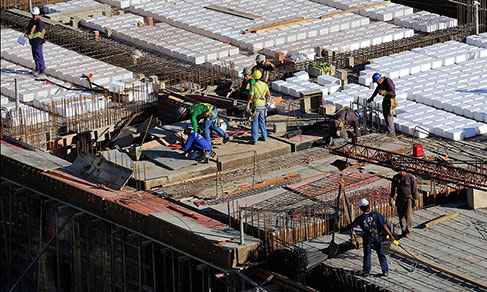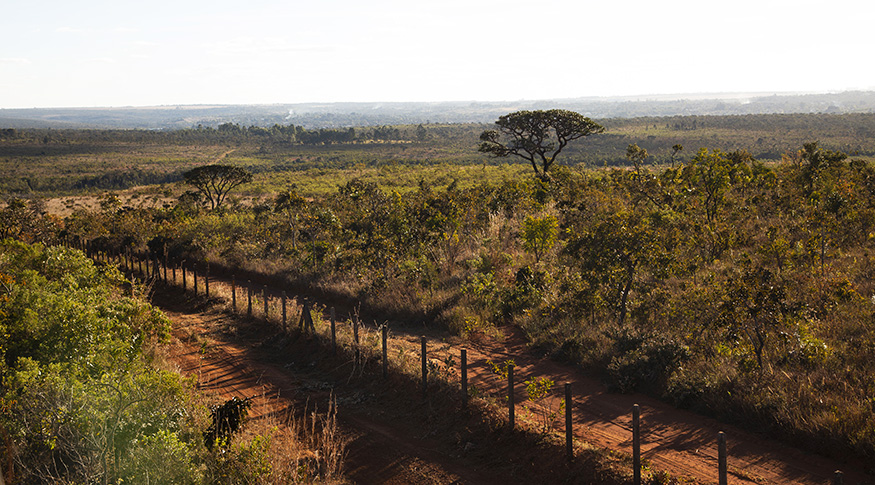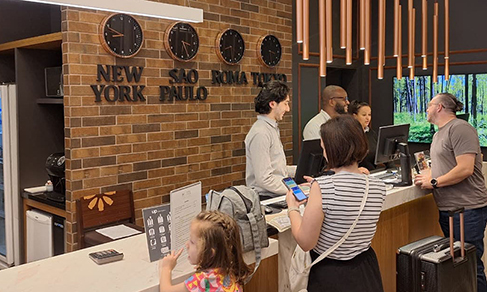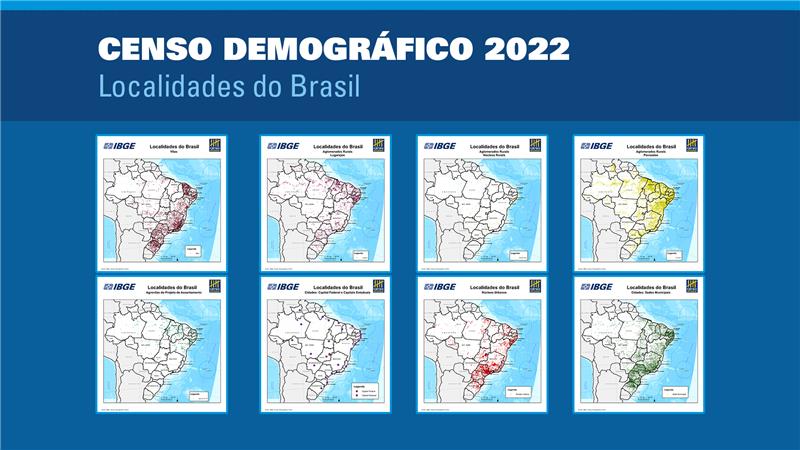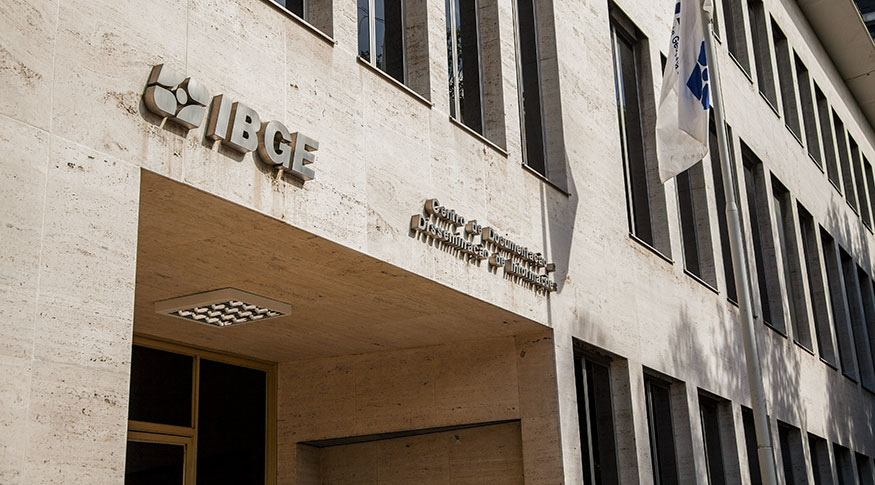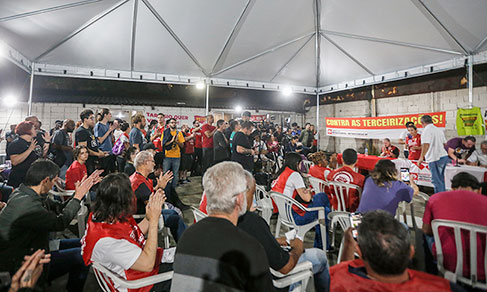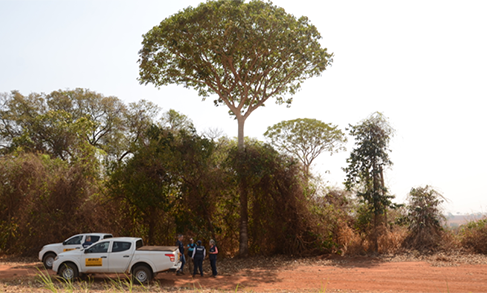In 2015, GDP falls in every state for the first time in 14 years
November 16, 2017 10h00 AM | Last Updated: November 16, 2017 11h35 AM
The 3.5% drop in the national GDP in 2015 was spread along every state in Brazil, including the Federal District. These data come from the Regional Accounts, released today by the IBGE. The simultaneous drop in every Federation Unit is an unprecedented event in the survey, whose time series began in 2002.
"This drop in every Federation Unit is the first-of-its-kind, even if we consider any other time series estimated by the IBGE before this. It is an unprecedented result, affecting every state in the federation", explains Frederico Cunha, manager of the Regional Accounts.
Having its GDP volume reduced by 0.3%, partly explained by the good performance of the local agriculture, which increased 10.1% in this period, Mato Grosso do Sul was the Federation Unit that registered the best performance in 2015. Nevertheless, the sectors of Industry (-4.4%) and Services (-1.6%) definitely brought the state rate down.
"The states that recorded the best figures were highly influenced by agriculture. Manufacturing industry, trade and civil construction weighted negatively. All these activities posted significant drops", adds Frederico.
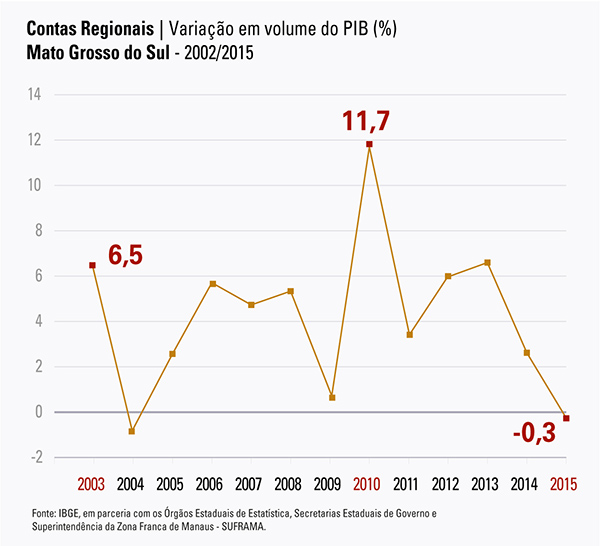
Having registered a -5.5% rate, Amapá was the state that reported the biggest GDP reduction. The major negative contributions came from the sectors of Industry (-16.9%) and Services (-4.1%). They were pushed downward mainly by the activities of Construction (-17.9%) and Trade, maintenance and repair of motor vehicles and motorcycles (-14.5%).
Southeast maintains trend, loses 0.9% in GDP share in 2015
The Southeast Region maintained the trend recorded over the last years and lost 0.9% in the Brazilian GDP share in 2015, staying at 54%. It posted a cumulative drop of 3.4 percentage points (p.p.) since 2002, whereas the North (0.7 p.p.), Northeast (1.1 p.p.), Central-West (1.1 p.p.) and South (0.6 p.p.) gained share.
"The Southeast Region is the only one to lose share in the 2002-2015 time series. Indeed, every state in the North, Northeast and Central-West Regions gained share, except for Alagoas, the Federal District, Amazonas and Sergipe. The advance of the agricultural frontier, among other factors, led Mato Grosso to gain more share. Santa Catarina and Pará also gained a lot of share", explains the survey manager.
This trend remained in 2015, despite the slight recover of São Paulo: from 32.2% in 2014 to 32.4%. Nevertheless, Rio de Janeiro (from 11.6% to 11%), Minas Gerais (from 8.9% to 8.7%) and Espírito Santo (from 2.2% to 2.0%) lost share in the same period.
Between 2002 and 2015, the drop was concentrated in two states of the Southeast Region: from 34.9% to 32.4% in São Paulo and from 12.4% to 11% in Rio de Janeiro. Minas Gerais and Espírito Santo even increased their share over 2002: from 8.3% to 8.7%, in the former, and from 1.8% to 2.0%, in the latter.
Text: Rodrigo Paradella
Artwork: Helena Pontes
Image: Pixabay


